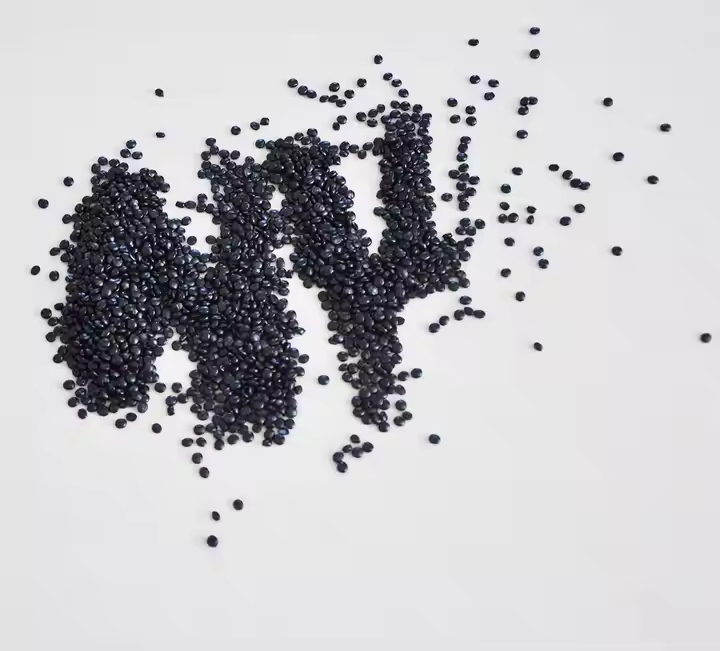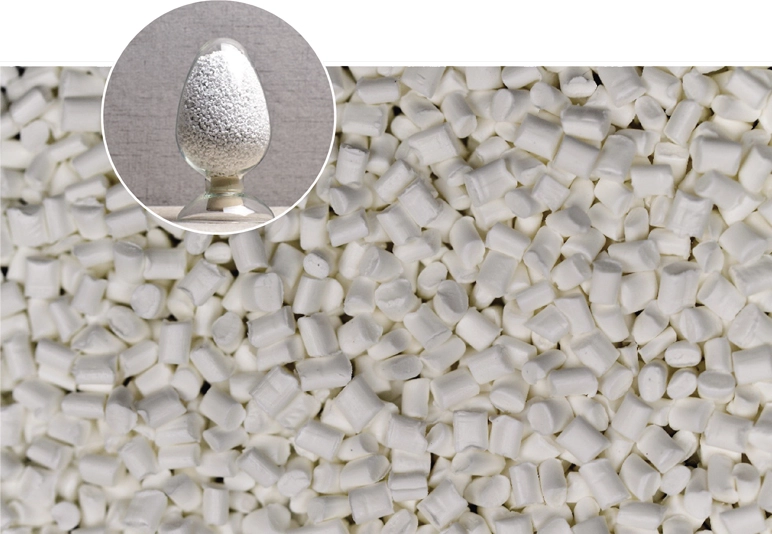Polymer materials, encompassing plastics, rubbers, fibers, films, adhesives, and coatings, have seen an ever-increasing range of applications in both military and civilian fields due to their superior potential properties over traditional structural materials. However, during processing, storage, and use, these materials undergo a series of changes in their chemical composition and structure due to a combination of internal and external factors such as light, heat, oxygen, water, high-energy radiation, chemicals, and biological erosion. This leads to changes in physical properties like hardening, sticking, brittleness, discoloration, and loss of strength, a phenomenon known as the aging of polymer materials.

The Essence of Polymer Aging
The essence of polymer aging refers to changes in the physical or chemical structure, manifesting as a gradual decline in material performance and loss of its intended use value. The issue of aging and failure in polymer materials has become one of the key factors limiting their further development and application.
Aging Phenomena
Different polymer materials and varying conditions of use lead to different aging phenomena and characteristics. For instance, agricultural plastic films may discolor, become brittle, and lose transparency after exposure to sunlight and rain; aviation organic glass may develop silver streaks and reduced transparency over time; rubber products may lose elasticity, harden, crack, or soften and become sticky after prolonged use; coatings may lose luster, powderize, bubble, and peel off after extended use.
Aging phenomena can be summarized into four types of changes:
Appearance Changes: Stains, spots, silver streaks, cracks, blooming, powdering, stickiness, warping, fisheyes, wrinkles, shrinkage, charring, optical distortion, and color changes.
Physical Property Changes: Changes in solubility, swelling, rheological properties, and resistance to cold, heat, water, and air.
Mechanical Property Changes: Changes in tensile strength, bending strength, shear strength, impact strength, elongation at break, and stress relaxation.
Electrical Property Changes: Changes in surface resistance, volume resistance, dielectric constant, and electrical breakdown strength.
Causes of Aging
The physical properties of polymer materials are closely related to their chemical structure and aggregation state structure.
The chemical structure is the long-chain structure of polymers connected by covalent bonds, while the aggregation state structure is the spatial structure formed by many large molecules arranged and stacked through intermolecular forces, such as crystalline, amorphous, and crystalline-amorphous states. Intermolecular forces that maintain the aggregation state structure include ionic bonds, metallic bonds, covalent bonds, and van der Waals forces.
Environmental factors can lead to changes in intermolecular forces, or even chain scission or the loss of certain groups, ultimately destroying the aggregation state structure of the material and causing changes in its physical properties. Factors affecting the aging of polymer materials are generally divided into two types: intrinsic and extrinsic factors.
Intrinsic Factors
Chemical Structure of Polymers: The aging of polymers is closely related to their chemical structure, with weak bond sites prone to breaking under external influences, becoming free radicals. These free radicals are the starting point for radical reactions.
Physical Form: Some polymer molecular bonds are orderly arranged, while others are disordered. Orderly arranged molecular bonds can form crystalline regions, and disordered ones form amorphous regions. Many polymers are not uniform but semi-crystalline, with both crystalline and amorphous regions. Aging reactions start first in the amorphous regions.
Stereoregularity: The stereoregularity of polymers is closely related to their degree of crystallinity. Generally, regular polymers have better aging resistance than irregular ones.
Molecular Weight and Distribution: Generally, the molecular weight of polymers has little to do with aging, but the distribution of molecular weight greatly affects the aging performance. The wider the distribution, the more prone it is to aging, as a wider distribution means more end groups, which are more likely to cause aging reactions.
Trace Metal Impurities and Other Impurities: During processing, polymers may come into contact with metals and possibly incorporate trace metals, or during polymerization, residual metal catalysts may affect the initiation of autoxidation (i.e., aging).
Extrinsic Factors
Temperature Effects: As temperature rises, polymer chain movement intensifies. Once it exceeds the bond dissociation energy, it can cause thermal degradation or group loss of the polymer chain. There are numerous reports on the thermal degradation of polymer materials; when the temperature drops, it often affects the mechanical properties of materials. Critical temperature points closely related to mechanical properties include the glass transition temperature, melt flow temperature, and melting point. The physical state of materials can be divided into glassy, rubbery, and molten states.
Humidity Effects: The impact of humidity on polymer materials can be attributed to the swelling and dissolution effects of water on the material, altering the intermolecular forces that maintain the aggregation state structure of the polymer material, thereby destroying the aggregation state. Especially for non-crosslinked amorphous polymers, the impact of humidity is extremely obvious, causing the polymer material to swell or even disintegrate, thereby damaging the material's properties. For crystalline plastics or fibers, due to limited water penetration, the impact of humidity is not significant.
Oxygen Effects: Oxygen is a major cause of polymer material aging. Due to its permeability, crystalline polymers are more resistant to oxidation than amorphous polymers. Oxygen first attacks the weak links in the polymer main chain, such as double bonds, hydroxyl groups, hydrogen atoms on tertiary carbon atoms, and other groups or atoms, forming polymer peroxy radicals or peroxides, then causing chain scission at these sites. In severe cases, the polymer molecular weight significantly decreases, the glass transition temperature drops, and the polymer becomes sticky. In the presence of initiators that easily decompose into free radicals or transition metal elements, there is a tendency to intensify oxidation reactions.
Photoaging: Whether polymers are exposed to light that causes chain scission depends on the relative size of light energy and bond dissociation energy, as well as the sensitivity of the polymer's chemical structure to light waves. Since the Earth's surface has an ozone layer and an atmospheric layer, the range of solar light wavelengths that can reach the ground is 290–4300 nm. Only ultraviolet light with energy greater than the bond dissociation energy can cause the chemical bonds of polymers to break.
Chemical Medium Effects: Chemical media can only play a role when they penetrate the interior of polymer materials. These effects include actions on covalent bonds and secondary bonds. The action on covalent bonds is manifested as chain scission, crosslinking, addition, or a combination of these effects, which is an irreversible chemical process; the destruction of secondary bonds by chemical media does not cause changes in the chemical structure, but the aggregation state structure of the material changes, causing corresponding changes in physical properties.
Environmental stress cracking, solvation cracking, and plasticization are typical manifestations of polymer material aging due to chemical media.
Biological Aging: Since plastic products almost always use a variety of additives during processing, they often become a nutrient source for mold. When mold grows, it absorbs nutrients from the surface and interior of the plastic and becomes mycelium. Mycelium is a conductor, which causes the insulation of plastics to decrease, weight changes, and severe cases may result in peeling. The metabolic products of mold growth contain organic acids and toxins, which can cause the plastic surface to become sticky, discolored, brittle, and reduce gloss. Long-term contact with moldy plastics can also lead to diseases in people.
Natural polymers such as polysaccharides and their modified compounds can be processed into degradable disposable films, sheets, containers, and foam products through blending with common plastics. Their waste can be gradually hydrolyzed into small molecular compounds through the intervention of polysaccharide natural polymer-degrading enzymes widely present in the natural environment, and eventually decomposed into pollution-free carbon dioxide and water, returning to the biosphere. Based on these advantages, polysaccharide natural polymer compounds, represented by starch, remain an important part of degradable plastics to this day.
 English
English






